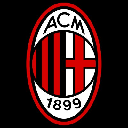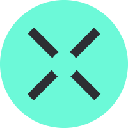-
 Bitcoin
Bitcoin $105,053.8967
0.28% -
 Ethereum
Ethereum $2,536.9103
0.49% -
 Tether USDt
Tether USDt $1.0004
0.01% -
 XRP
XRP $2.1735
1.51% -
 BNB
BNB $650.9659
-0.36% -
 Solana
Solana $146.0013
1.03% -
 USDC
USDC $1.0000
0.01% -
 Dogecoin
Dogecoin $0.1776
1.66% -
 TRON
TRON $0.2700
-1.20% -
 Cardano
Cardano $0.6367
0.08% -
 Hyperliquid
Hyperliquid $41.5154
4.36% -
 Sui
Sui $3.0303
1.00% -
 Bitcoin Cash
Bitcoin Cash $436.0395
5.03% -
 Chainlink
Chainlink $13.1926
-0.32% -
 UNUS SED LEO
UNUS SED LEO $9.0306
-0.41% -
 Stellar
Stellar $0.2595
0.37% -
 Avalanche
Avalanche $19.1528
0.37% -
 Toncoin
Toncoin $3.0008
1.46% -
 Shiba Inu
Shiba Inu $0.0...01218
4.24% -
 Hedera
Hedera $0.1597
4.06% -
 Litecoin
Litecoin $86.1907
2.88% -
 Polkadot
Polkadot $3.8078
-0.27% -
 Ethena USDe
Ethena USDe $1.0005
0.02% -
 Monero
Monero $315.3789
0.26% -
 Dai
Dai $0.9999
0.01% -
 Bitget Token
Bitget Token $4.5446
0.46% -
 Pepe
Pepe $0.0...01114
4.48% -
 Uniswap
Uniswap $7.3261
1.15% -
 Pi
Pi $0.5867
5.21% -
 Aave
Aave $276.8268
-2.40%
BitMart Contract Trading Tips
When contract trading on BitMart, it's essential to establish a trading pair, contract type, leverage level, and use risk management tools like stop-loss and take-profit orders to maximize profits and minimize potential losses.
Nov 29, 2024 at 03:18 pm
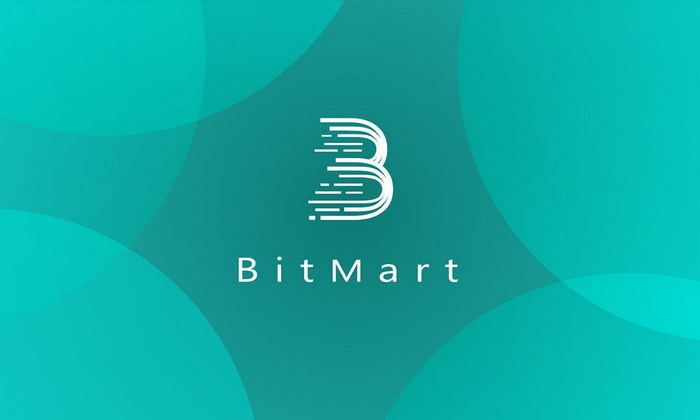
BitMart Contract Trading Tips: A Comprehensive Guide
BitMart is a leading cryptocurrency exchange that offers a wide range of trading options, including spot trading, margin trading, and contract trading. Contract trading, also known as futures trading, allows traders to speculate on the future price of a cryptocurrency without actually owning the underlying asset.
This guide will provide you with everything you need to know about contract trading on BitMart, including how to get started, how to place orders, and how to manage your risk.
Getting Started with BitMart Contract Trading
- Create a BitMart account. If you don't already have a BitMart account, you can create one by visiting the BitMart website and clicking on the "Sign Up" button.
- Fund your account. Once you have created an account, you will need to fund it with cryptocurrency. You can do this by depositing cryptocurrency from another wallet or by purchasing cryptocurrency with a credit card or debit card.
- Navigate to the Contract Trading page. Once your account is funded, you can navigate to the Contract Trading page by clicking on the "Derivatives" tab at the top of the BitMart website.
- Choose a trading pair. The first step is to choose a trading pair. A trading pair is a pair of cryptocurrencies that you are trading against each other. For example, you could trade BTC/USDT, which means that you are trading Bitcoin (BTC) against Tether (USDT).
- Choose a contract type. There are two types of contracts available on BitMart: perpetual contracts and futures contracts. Perpetual contracts do not have an expiration date, while futures contracts do.
- Choose a leverage level. The next step is to choose a leverage level. Leverage is a tool that allows you to trade with more capital than you have in your account. However, it is important to use leverage with caution, as it can also magnify your losses.
- Place an order. Once you have chosen a trading pair, contract type, and leverage level, you can place an order. There are two types of orders that you can place: limit orders and market orders.
Placing Orders on BitMart
Limit Orders
A limit order is an order that you place at a specific price. When you place a limit order, you are telling the exchange that you want to buy or sell a cryptocurrency at a certain price or better. Limit orders are useful for entering or exiting trades at a specific price.
To place a limit order, simply enter the price that you want to buy or sell the cryptocurrency at, the amount that you want to buy or sell, and the type of order that you want to place (buy or sell).
Market Orders
A market order is an order that you place at the current market price. When you place a market order, you are telling the exchange that you want to buy or sell a cryptocurrency at the best available price. Market orders are useful for quickly entering or exiting trades.
To place a market order, simply enter the amount that you want to buy or sell and the type of order that you want to place (buy or sell).
Managing Your Risk
It is important to manage your risk when trading contracts. There are a number of ways to do this, including:
- Using stop-loss orders. A stop-loss order is an order that you place to sell a cryptocurrency if it reaches a certain price. This can help you to limit your losses if the market moves against you.
- Using take-profit orders. A take-profit order is an order that you place to sell a cryptocurrency if it reaches a certain price. This can help you to lock in your profits if the market moves in your favor.
- Using leverage with caution. Leverage can be a useful tool, but it is important to use it with caution. Leverage can magnify your profits, but it can also magnify your losses.
Conclusion
Contract trading on BitMart can be a profitable way to trade cryptocurrencies. However, it is important to understand the risks involved and to manage your risk carefully. By following the tips outlined in this guide, you can increase your chances of success when trading contracts on BitMart.
Disclaimer:info@kdj.com
The information provided is not trading advice. kdj.com does not assume any responsibility for any investments made based on the information provided in this article. Cryptocurrencies are highly volatile and it is highly recommended that you invest with caution after thorough research!
If you believe that the content used on this website infringes your copyright, please contact us immediately (info@kdj.com) and we will delete it promptly.
- Rexas Finance (RXS), Sui (SUI), Shiba Inu (SHIB), and Hedera (HBAR): 4 Cryptos to Watch in 2024
- 2025-06-14 21:50:12
- As Over $90 Billion in TVL Remains Untapped, a New Generation of Crypto Companies Emerges
- 2025-06-14 21:50:12
- Mutuum Finance (MUTM) Pre-Sale Raises $7.3M Awaiting 20% Cost Increase to $0.03
- 2025-06-14 21:45:12
- USD/CAD Depreciates as US Dollar Remains Subdued
- 2025-06-14 21:45:12
- Tariff Tensions Reinforce JPY Safe-Haven Appeal
- 2025-06-14 21:40:13
- President Trump's upcoming 100-day speech has attracted great attention in the cryptocurrency field.
- 2025-06-14 21:40:13
Related knowledge

Cryptocurrency K-line chart technical analysis manual: Learn these methods to increase your chances of making a profit
Jun 11,2025 at 11:21pm
Understanding the Basics of K-line ChartsK-line charts, also known as candlestick charts, are one of the most widely used tools in cryptocurrency trading. Each K-line represents a specific time period and provides information about the open, high, low, and close prices during that interval. The body of the candle shows the relationship between the openi...

The Importance of K-line Chart Analysis in Cryptocurrency Trading: From Theory to Practical Cases
Jun 11,2025 at 04:56pm
Understanding the Basics of K-line ChartsK-line charts, also known as candlestick charts, are a visual representation of price movements over specific time intervals. Each K-line encapsulates four critical data points: the opening price, closing price, highest price, and lowest price within a given timeframe. These charts originated in Japan during the ...

Cryptocurrency K-line Chart Interpretation Guide: How Novices Can Quickly Master the Basics of Technical Analysis
Jun 10,2025 at 08:56pm
Understanding the Basics of K-line ChartsK-line charts, also known as candlestick charts, are one of the most widely used tools in cryptocurrency trading for analyzing price movements. Each K-line represents a specific time period and shows the opening, closing, high, and low prices during that interval. For novices, grasping how to read these elements ...
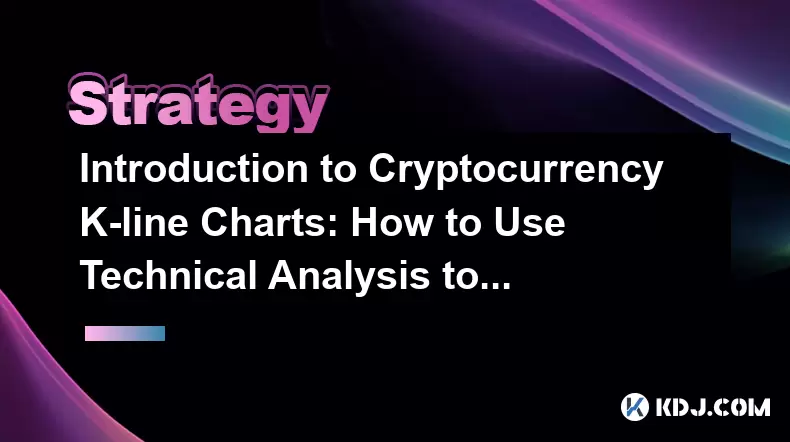
Introduction to Cryptocurrency K-line Charts: How to Use Technical Analysis to Optimize Trading Decisions
Jun 12,2025 at 03:56pm
Understanding the Basics of K-line ChartsK-line charts, also known as candlestick charts, are one of the most essential tools used in cryptocurrency trading. Originating from Japan, these charts visually represent price movements over specific time intervals. Each candlestick displays four key pieces of information: the opening price, closing price, hig...
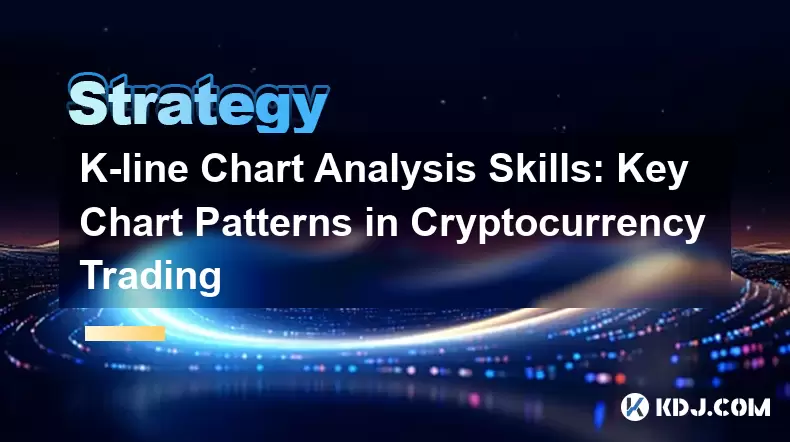
K-line Chart Analysis Skills: Key Chart Patterns in Cryptocurrency Trading
Jun 13,2025 at 10:21am
Understanding the Basics of K-line Charts in Cryptocurrency TradingK-line charts, also known as candlestick charts, are essential tools for analyzing price movements in cryptocurrency markets. Each candlestick represents a specific time frame and provides information about the open, high, low, and close (OHLC) prices during that period. In crypto tradin...
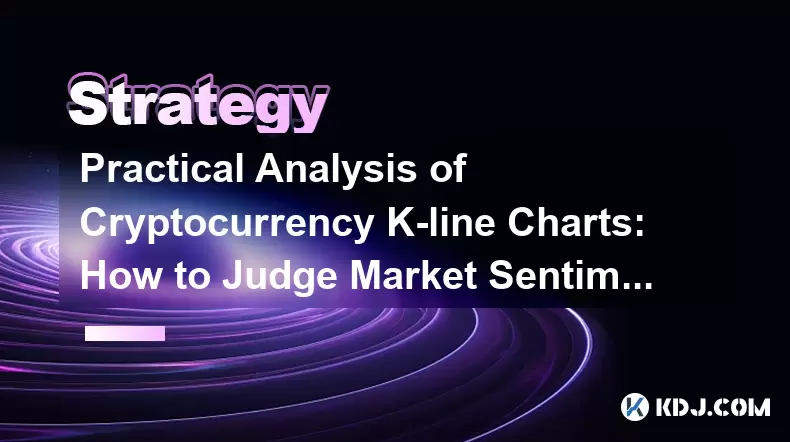
Practical Analysis of Cryptocurrency K-line Charts: How to Judge Market Sentiment through Charts
Jun 10,2025 at 09:42pm
Understanding the Basics of Cryptocurrency K-line ChartsCryptocurrency K-line charts, also known as candlestick charts, are essential tools for analyzing price movements in the crypto market. Each candlestick represents a specific time frame, such as 1 minute, 5 minutes, or even daily intervals. The structure of a K-line includes four key data points: o...

Cryptocurrency K-line chart technical analysis manual: Learn these methods to increase your chances of making a profit
Jun 11,2025 at 11:21pm
Understanding the Basics of K-line ChartsK-line charts, also known as candlestick charts, are one of the most widely used tools in cryptocurrency trading. Each K-line represents a specific time period and provides information about the open, high, low, and close prices during that interval. The body of the candle shows the relationship between the openi...

The Importance of K-line Chart Analysis in Cryptocurrency Trading: From Theory to Practical Cases
Jun 11,2025 at 04:56pm
Understanding the Basics of K-line ChartsK-line charts, also known as candlestick charts, are a visual representation of price movements over specific time intervals. Each K-line encapsulates four critical data points: the opening price, closing price, highest price, and lowest price within a given timeframe. These charts originated in Japan during the ...

Cryptocurrency K-line Chart Interpretation Guide: How Novices Can Quickly Master the Basics of Technical Analysis
Jun 10,2025 at 08:56pm
Understanding the Basics of K-line ChartsK-line charts, also known as candlestick charts, are one of the most widely used tools in cryptocurrency trading for analyzing price movements. Each K-line represents a specific time period and shows the opening, closing, high, and low prices during that interval. For novices, grasping how to read these elements ...

Introduction to Cryptocurrency K-line Charts: How to Use Technical Analysis to Optimize Trading Decisions
Jun 12,2025 at 03:56pm
Understanding the Basics of K-line ChartsK-line charts, also known as candlestick charts, are one of the most essential tools used in cryptocurrency trading. Originating from Japan, these charts visually represent price movements over specific time intervals. Each candlestick displays four key pieces of information: the opening price, closing price, hig...

K-line Chart Analysis Skills: Key Chart Patterns in Cryptocurrency Trading
Jun 13,2025 at 10:21am
Understanding the Basics of K-line Charts in Cryptocurrency TradingK-line charts, also known as candlestick charts, are essential tools for analyzing price movements in cryptocurrency markets. Each candlestick represents a specific time frame and provides information about the open, high, low, and close (OHLC) prices during that period. In crypto tradin...

Practical Analysis of Cryptocurrency K-line Charts: How to Judge Market Sentiment through Charts
Jun 10,2025 at 09:42pm
Understanding the Basics of Cryptocurrency K-line ChartsCryptocurrency K-line charts, also known as candlestick charts, are essential tools for analyzing price movements in the crypto market. Each candlestick represents a specific time frame, such as 1 minute, 5 minutes, or even daily intervals. The structure of a K-line includes four key data points: o...
See all articles


















